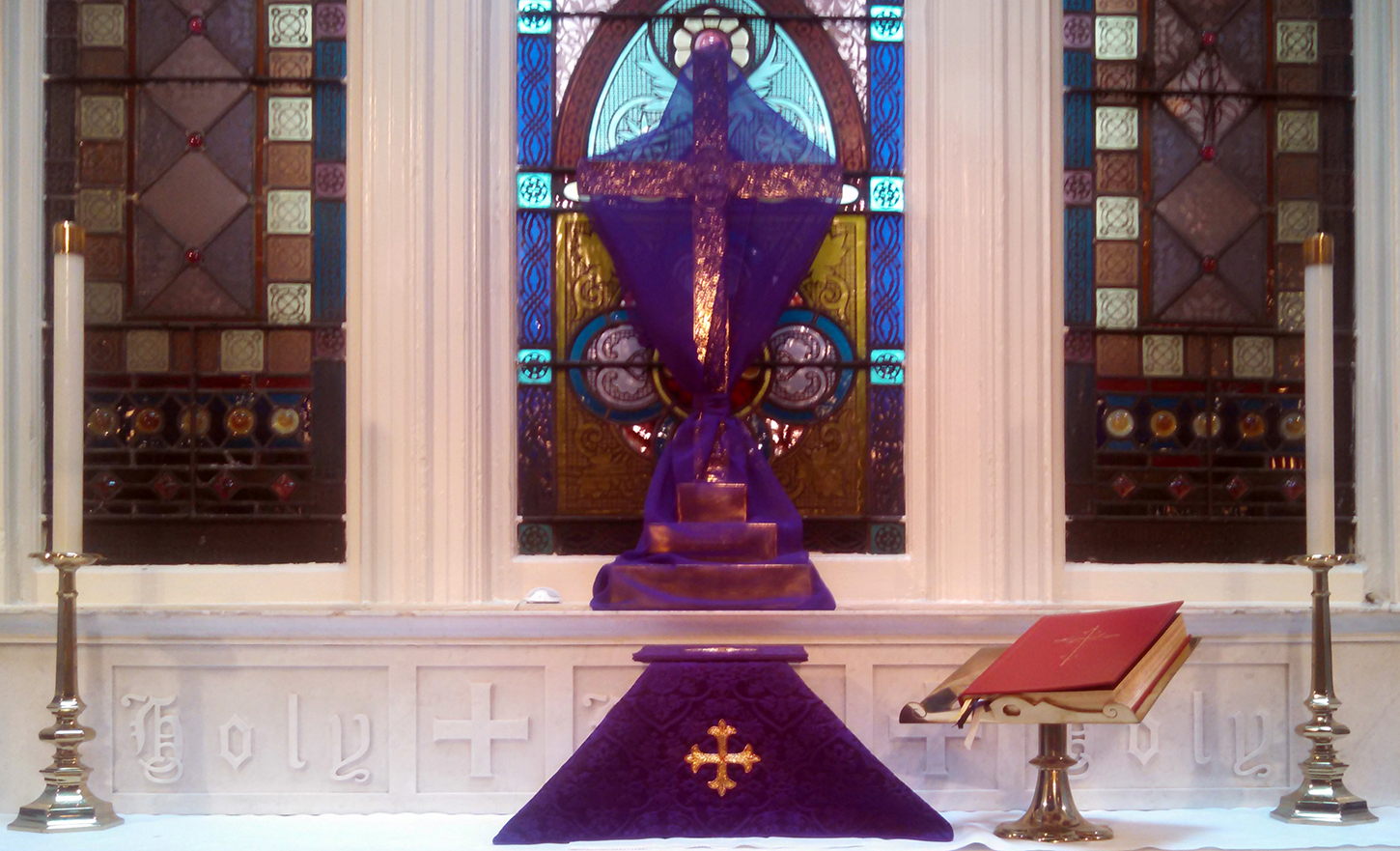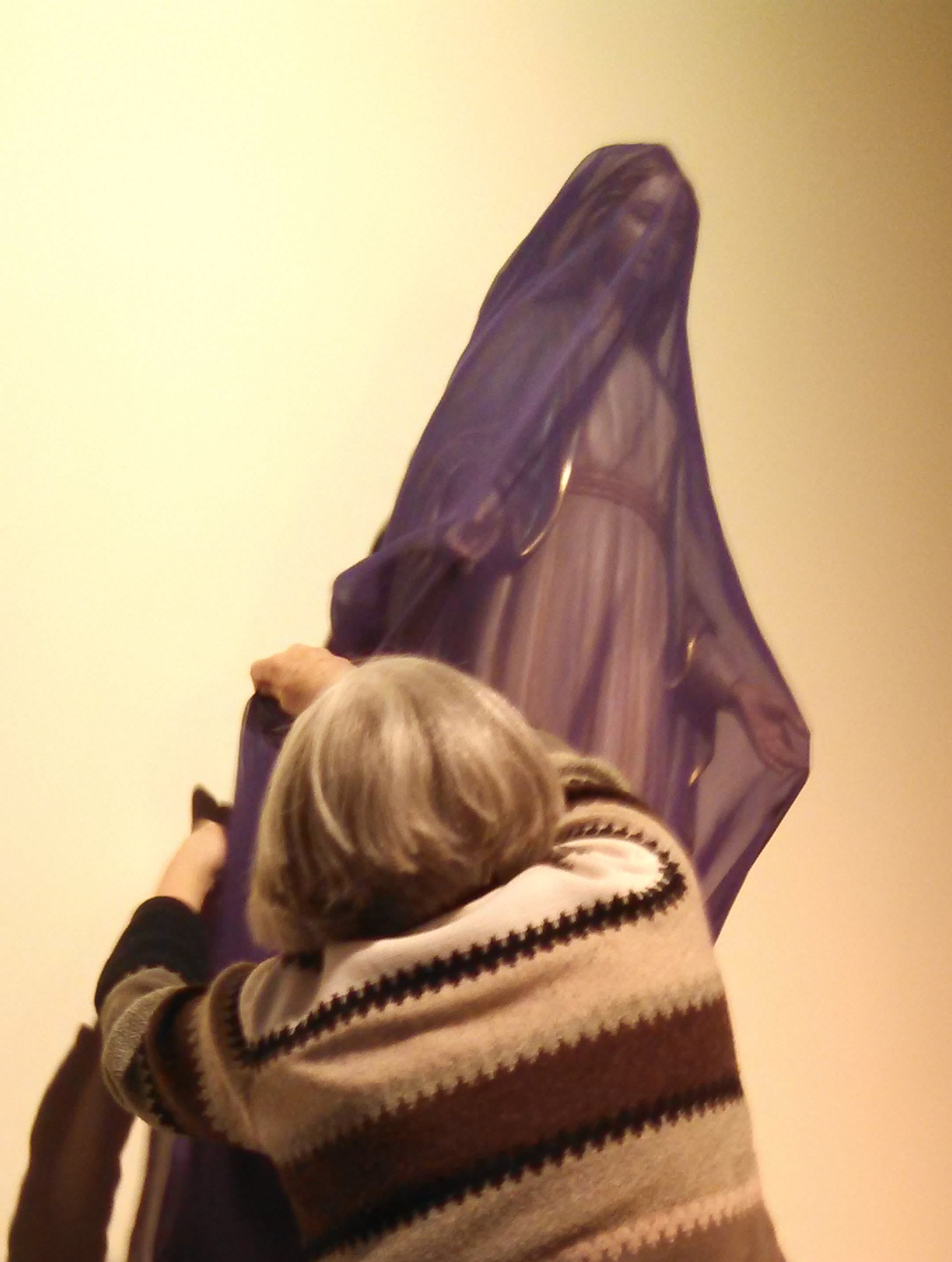
Why are churches veiled in Lent?
The veiling of crosses, statues and icons in Lent is a practice found, with some variation, in liturgical churches. Amongst Western Christians it is widely associated with Roman and Anglican churches, and in catholic expressions of Lutheranism. In some places the custom of veiling crosses and sacred images does not take place until Holy Week, however the norm at Good Shepherd is for the veiling to begin on Ash Wednesday and continue to Holy Saturday.

Some parishes veil their crosses and other images with plain, unbleached linen cloth, and they have Mass vestments of similar material. Other materials and colors can also be used. For instance, the practice at Good Shepherd, and a number other parishes, is to use thin veils that correspond to the liturgical colors associated with the days of Lent and Holy Week. There are purple veils for Lent, oxblood veils for Palm Sunday, white veils for Maundy Thursday and black veils for Good Friday and Holy Saturday. The thin material allows for a distorted, incomplete view of the sacred images, reminding us that our sins prevent us from seeing the fullness of the joy and gladness that God desires for us.
The theological significance of the veils is found in how they offer an outward and visible reminder of the penitential nature of the season. The veils obscure from our vision the beautiful and holy images that inform our worship life, and in doing so remind us that our sinful nature has obscured our vision of God’s truth. The veils are one of many ways we are invited in Lent to embrace a penitential disposition — a disposition that engages our sinfulness and renews our vision of that which is good and holy.
When Easter arrives and the veils are taken away, we are blessed with the unveiled splendor of resurrection glory, as it is revealed in the images of faith that surround us. The removal of veils at Easter serves to remind us of where our Lenten disciplines have sought to bring us, and that is to a place of renewal, refreshment, hope and a clearer vision of the Kingdom of God.